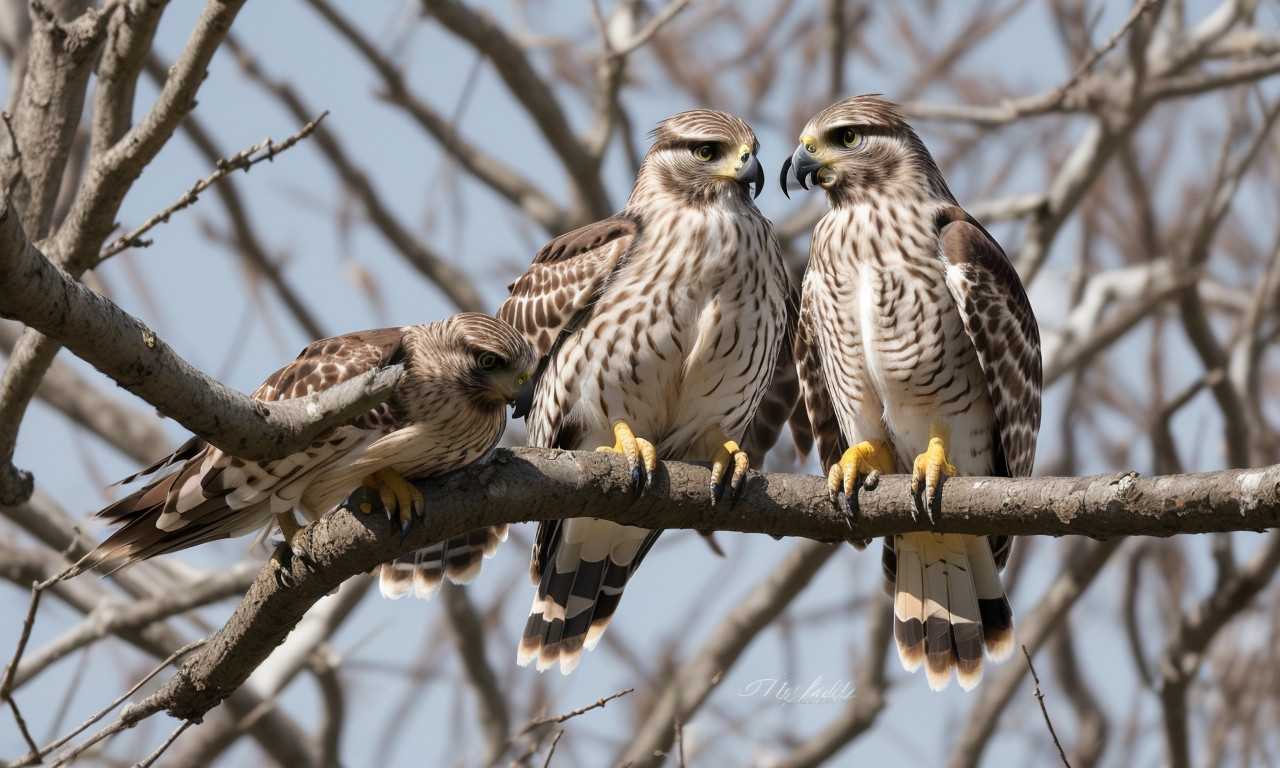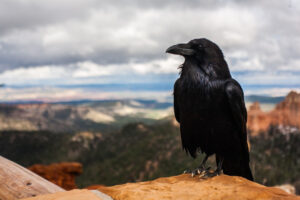The Midwest’s vast stretches of open land and dense forests provide a perfect setting for a variety of majestic birds of prey. Among them, the hawks of Illinois soar with an air of grace and power that captivates bird enthusiasts and nature lovers alike. These incredible raptors patrol the skies, showcasing their impressive aerobatics and keen hunting skills, which are vital to maintaining the balance of our ecosystems. In this article, we’ll delve into the rich tapestry of Illinois’ hawk species, uncovering the roles they play and the habitats they prefer.
Illinois plays host to several species of hawks, each with unique traits that enchant the observers below. Their piercing gazes, sharp talons, and nuanced behaviors contribute to the magnificence of the Midwest’s avian biodiversity. In the following sections, we’ll get an up-close look at these soaring predators, learn about their lives, behaviors, migration patterns, and discover how even the subtlest interactions with humans and our changing climates affect their existence.
Illinois’ Hawk Species: A Bird Watcher’s Guide
Bird watching, or birding, is a tranquil and educational pastime that brings us into closer communion with nature. For those who’ve turned their gaze skyward, getting acquainted with the hawks of Illinois is essential. Here are the most common hawk species you can find in the Prairie State.
Related article; geese in florida
Red-tailed Hawk: The Iconic Midwest Raptor
The Red-tailed Hawk is among the most prevalent and easily recognized hawks in Illinois. Characterized by its broad, rounded wings and short, wide tail often displaying a rich, russet hue, this species is an adaptable hunter.
Related article; woodpeckers in indiana
- Appearance: Recognizable by its rusty red tail
- Habitat: Open fields, forest edges, highways and roadways
- Diet: Small mammals such as mice, rabbits, and squirrels
Red-tailed Hawks exhibit a keenness in maintaining their territory, soaring high for an overview of their domain.
Related article; hawks in wisconsin
Cooper’s Hawk: The Agile Flier
The elusive Cooper’s Hawk presents a thrilling sight as it maneuvers through the woodlands with startling agility. This medium-sized hawk preys mostly on smaller birds and can be often seen in suburban backyards.
Related article; hawks in south carolina
- Appearance: Slim body with a long, rounded tail and barred red chest
- Habitat: Deciduous forests and woodlands, often venturing into suburban areas
- Diet: Birds, ranging from small songbirds to medium-sized pigeons
Cooper’s Hawks exhibit determination and agility, symbolizing the relentless pursuit of their goals.
Related article; ducks in florida
Sharp-shinned Hawk: The Petite Predator
The Sharp-shinned Hawk, the smallest hawk in Illinois, mirrors the Cooper’s Hawk in many ways but is notably diminutive. Despite its size, it’s a fierce hunter, with a particular taste for songbirds.
Related article; hawks in georgia
- Appearance: Small with short, rounded wings and a long, narrow tail
- Habitat: Dense forests, often in more secluded areas
- Diet: Primarily small birds
Sharp-shinned Hawks remind us that size doesn’t correlate with tenacity or hunting prowess.
Related article; michigan woodpeckers
Understanding Hawk Behavior in Illinois
Observing the behaviors of hawks provides fascinating insights into their survival strategies and social structures.
Related article; Do Crows Talk? Here’s Everything You Need To Know
Flight Patterns and Soaring Techniques
The aerodynamics of hawk flight is a study in energy efficiency and tactical acumen. These raptors employ a mix of soaring and flapping flight methods, often riding thermals to conserve energy.
Nesting Habits and Reproductive Cycles
Nesting is a critical time for hawks, and each species has its preferences and methods for creating a secure home for their offspring. Understanding nesting habits can shed light on the reproductive success and growth of hawk populations in different environments.
Hunting Skills and Prey Selection
The hunting techniques of hawks are as varied as their diets. From the swooping attacks of the Red-tailed Hawk to the swift, woodland chases of the Cooper’s Hawk, each method reflects an adaptation to their preferred prey and habitat. This section will delve into the intricacies of raptor predation and the implications on local wildlife populations.
Migratory Patterns of Illinois Hawks
Some species of hawks undertake pervasive migrations, while others are content to claim Illinois as a year-round home. Let’s unfold the mysteries of hawk migration and discover the cues that call them to distant lands or beckon them to stay.
Seasonal Changes and Movements
Migration is a spectacle that underscores the interconnectedness of ecosystems across hemispheres. As the seasons change, so do the movements of hawks, guided by ancient instincts and the pursuit of favorable conditions.
The Role of Weather and Climate Change
Weather patterns play a pivotal role in the timing and success of hawk migrations. Recently, the impacts of climate change have begun to alter these patterns, leading to shifts in migration timing and behavior that ripple through the ecological web.
Conserving Illinois’ Hawks: Efforts and Challenges
Conservation is vital to ensure the future of Illinois’ hawk species. We will explore ongoing conservation efforts, including habitat protection, legislation, and education, and how they are paving the path for these raptors to thrive.
Human Impact on Hawk Populations
From habitat destruction to pollution, human activities pose substantial challenges to hawk species. It’s crucial to understand these impacts and how we can mitigate them to support the flourishing of these magnificent birds.
Rehabilitating Injured Hawks and Release Programs
Rehabilitation and release programs serve as beacons of hope for injured hawks, offering them a second chance at life in the wild. These initiatives reflect not only our capacity to harm but also to heal and protect Illinois’ natural heritage.
Fun Facts and Trivia About Illinois Hawks
To round off our exploratory journey, let’s delve into some intriguing tidbits and lesser-known aspects of hawks in Illinois. This section will sprinkle our newfound knowledge with fascinating factoids that will surely captivate any avian aficionado.
Cultural Significance and Symbolism
Hawks hold significant places in various cultures, symbolizing strength, vision, and freedom. We’ll examine what hawks represent to the people of Illinois and how these birds have captured our collective imaginations over time.
Hawk Spotting: Tips for Beginners
Finally, for those inspired to embark on their bird-watching journey, we’ll provide practical advice for spotting hawks in the wild. From the best times of day to optimal locations, we’ll set you up for an enriching experience with the hawks of Illinois.
This in-depth exploration aims to elevate our understanding of Illinois’ hawks and encourage stewardship of these important predators. By fostering an appreciation for our feathered cohabitants, we contribute to a broader narrative—one of respect, conservation, and responsible coexistence with the natural world.




